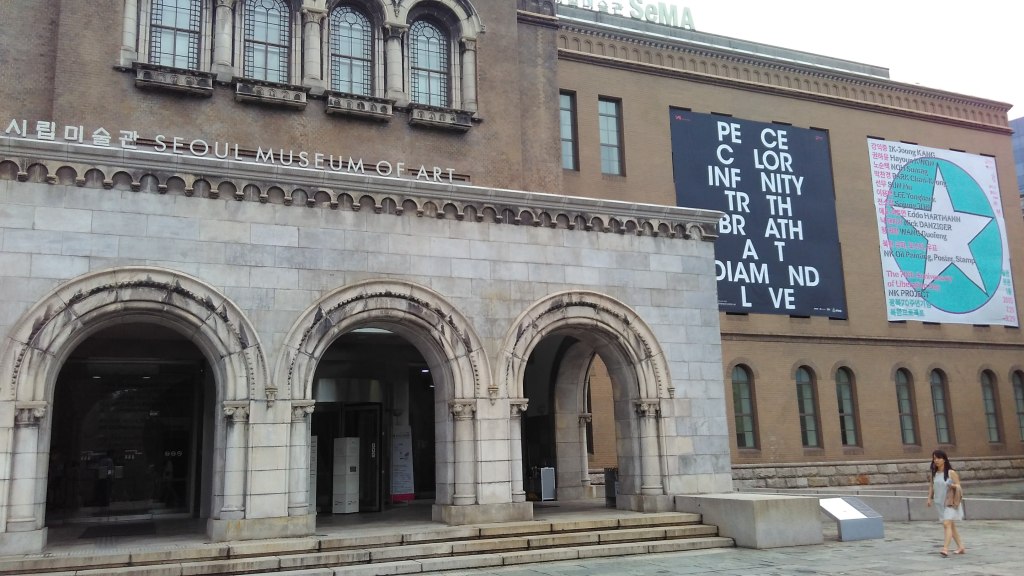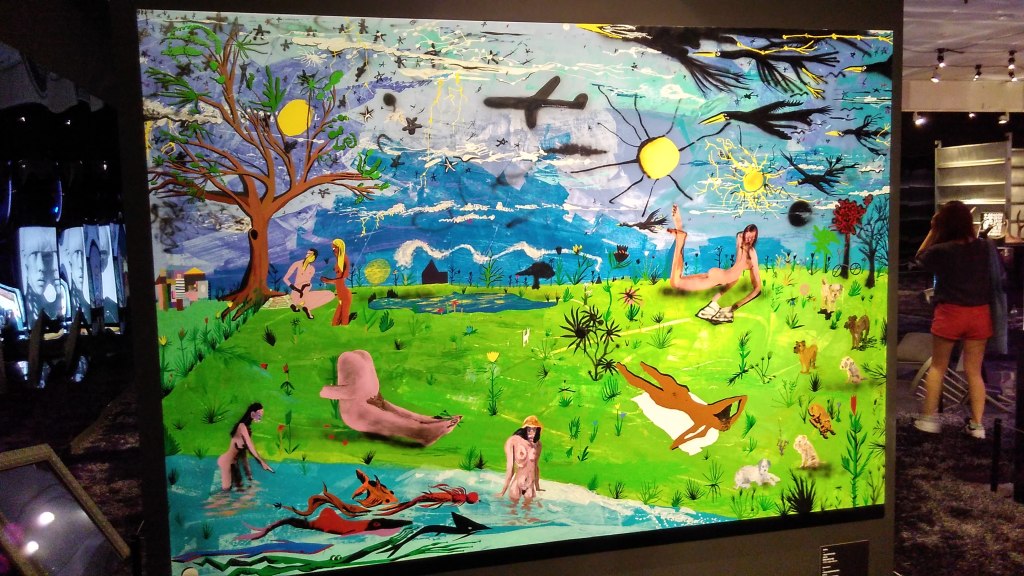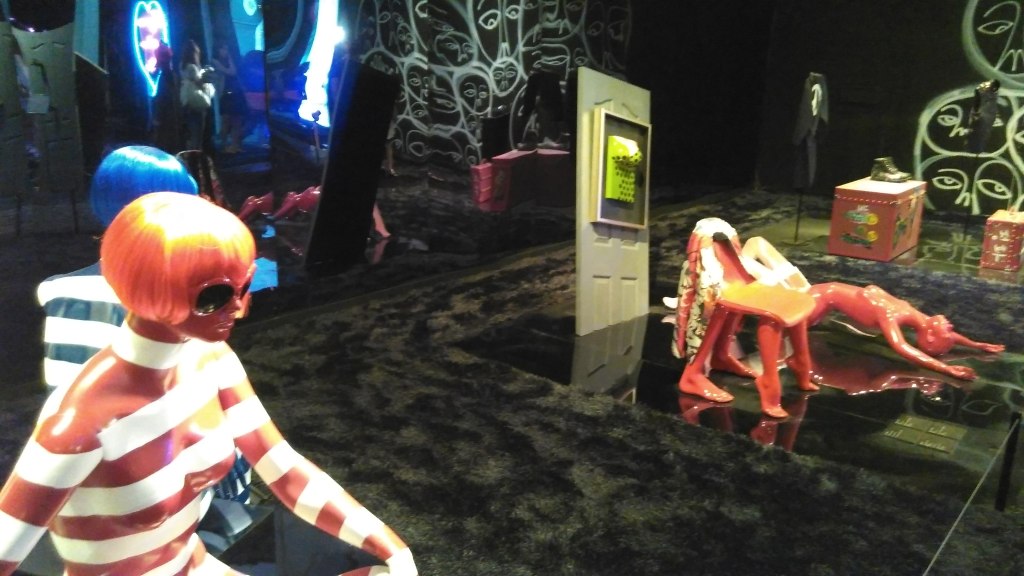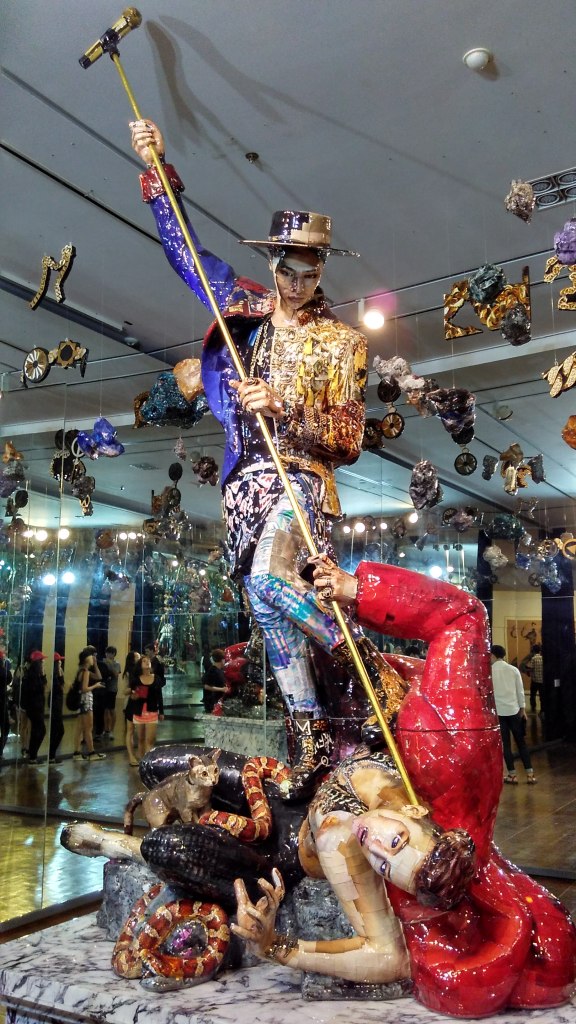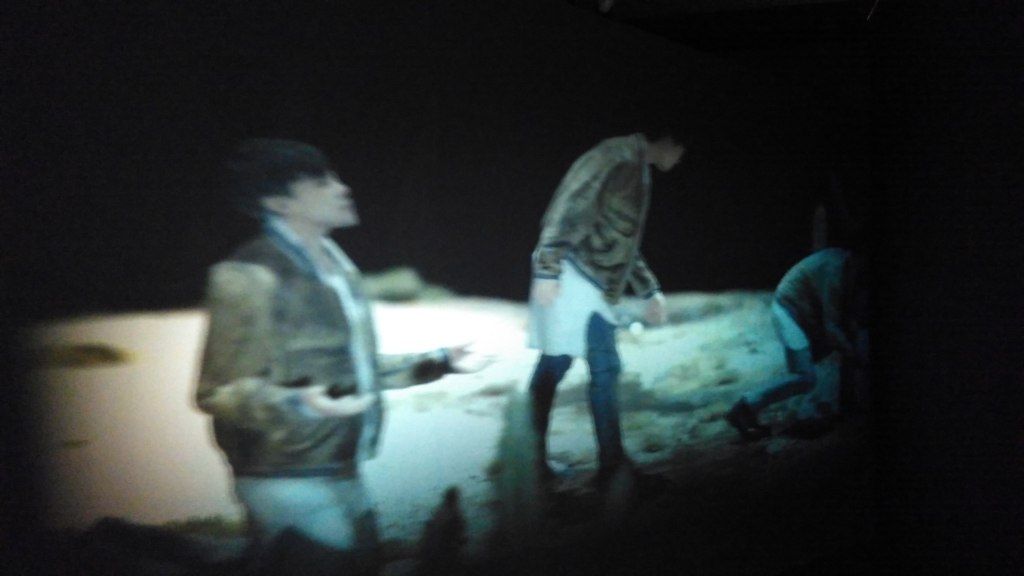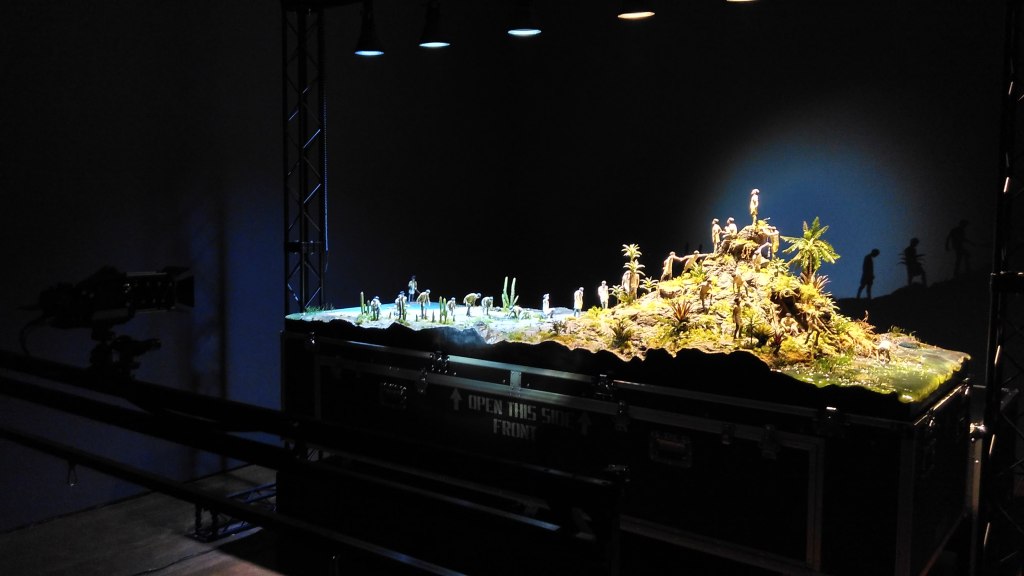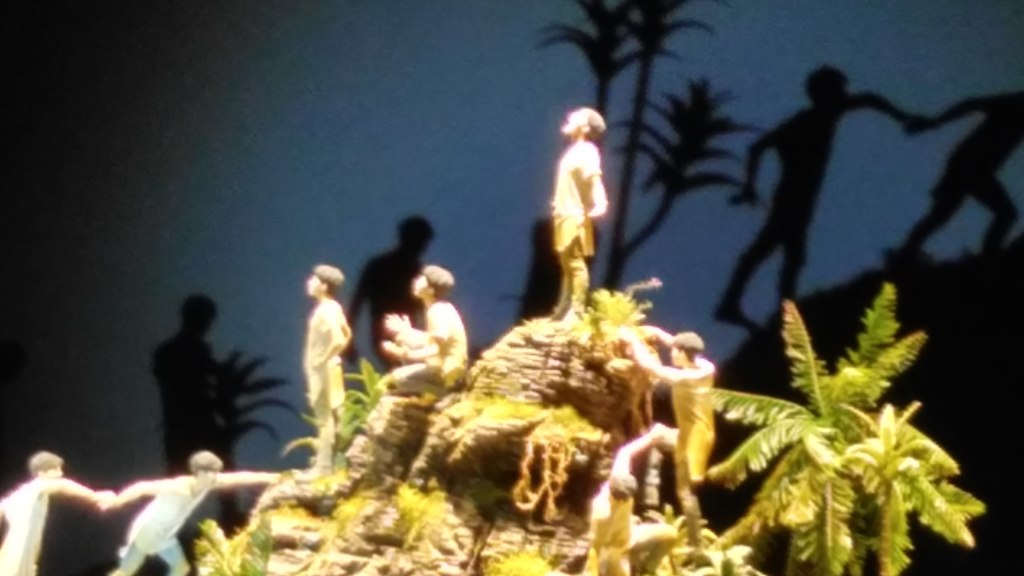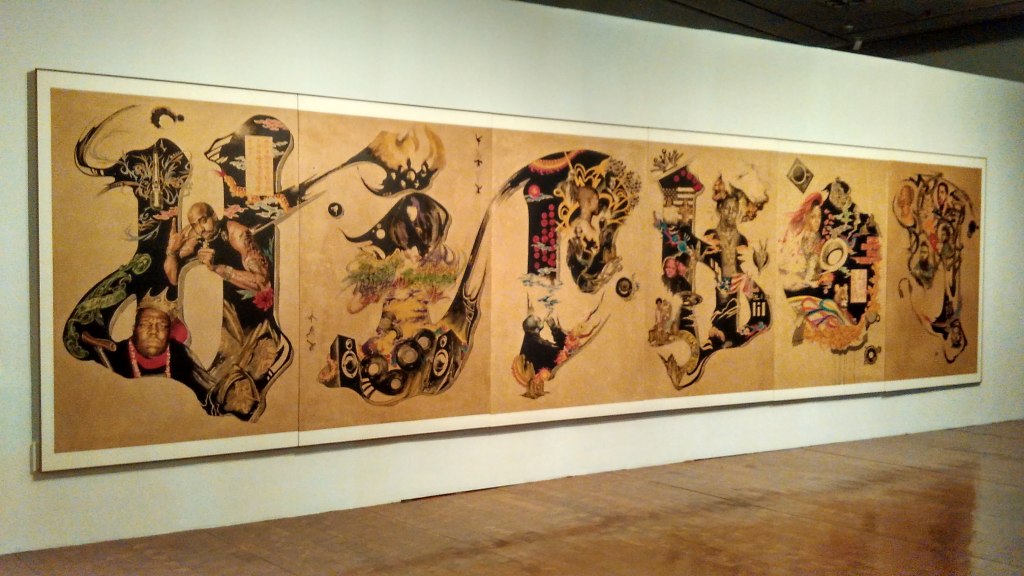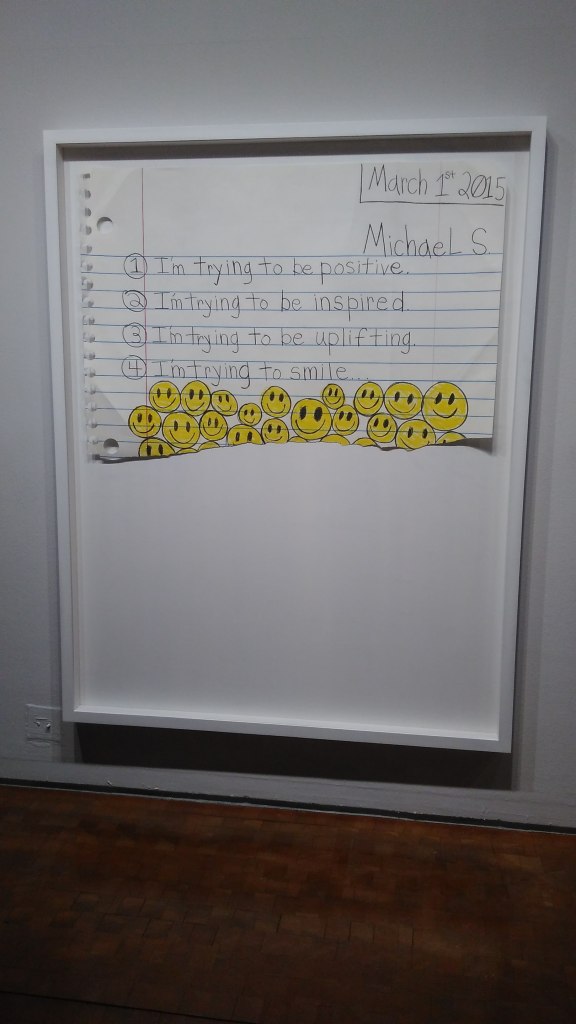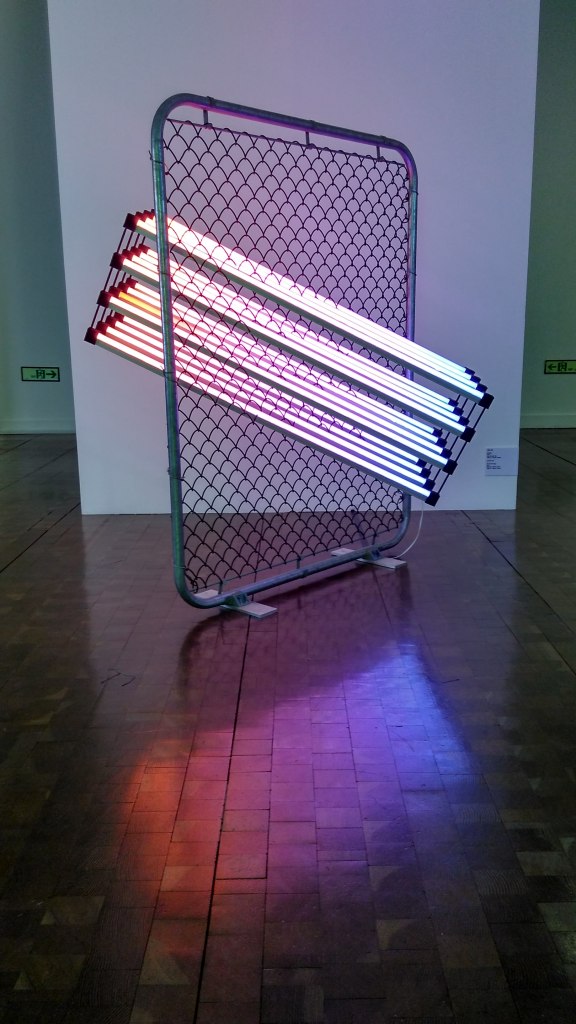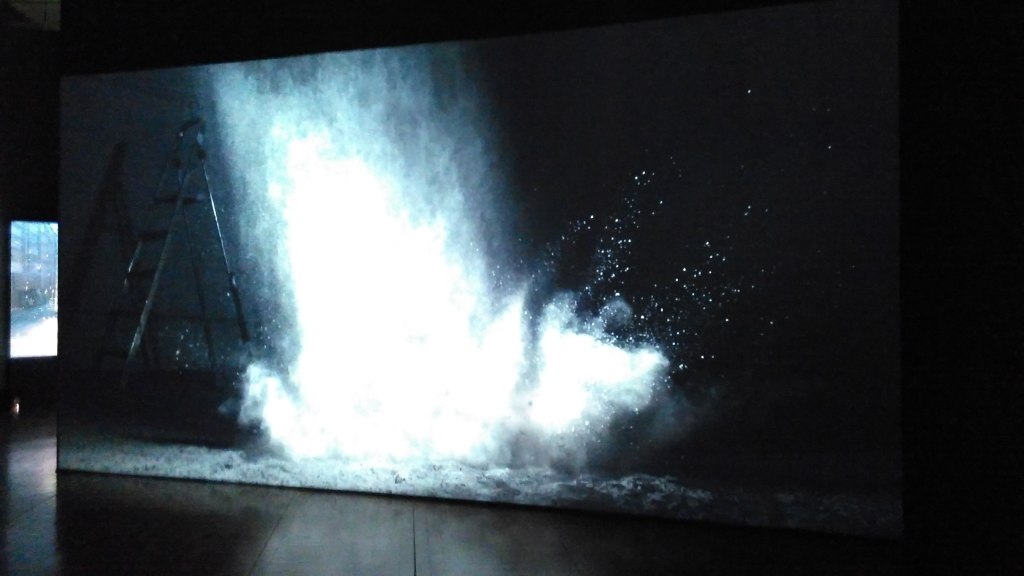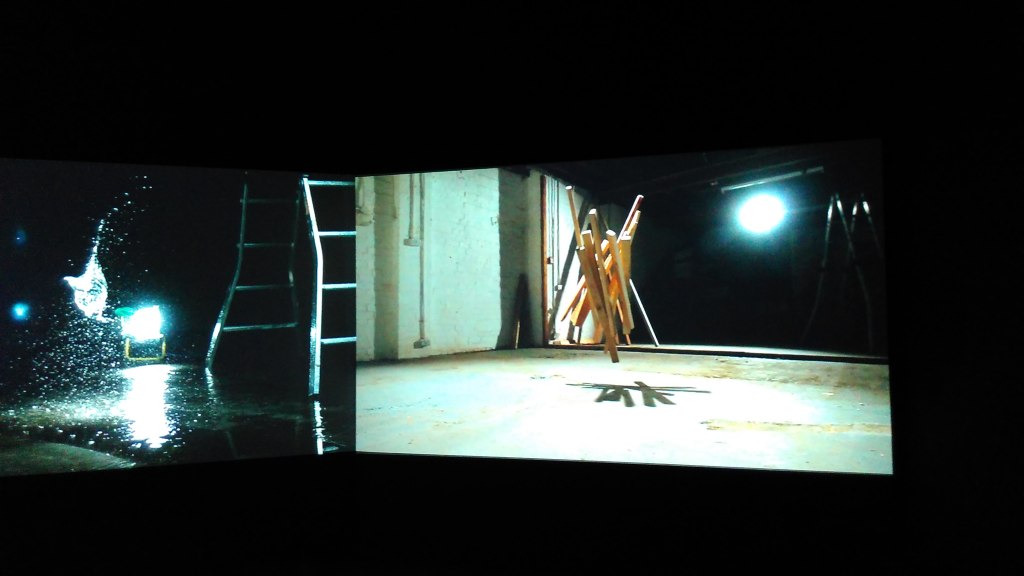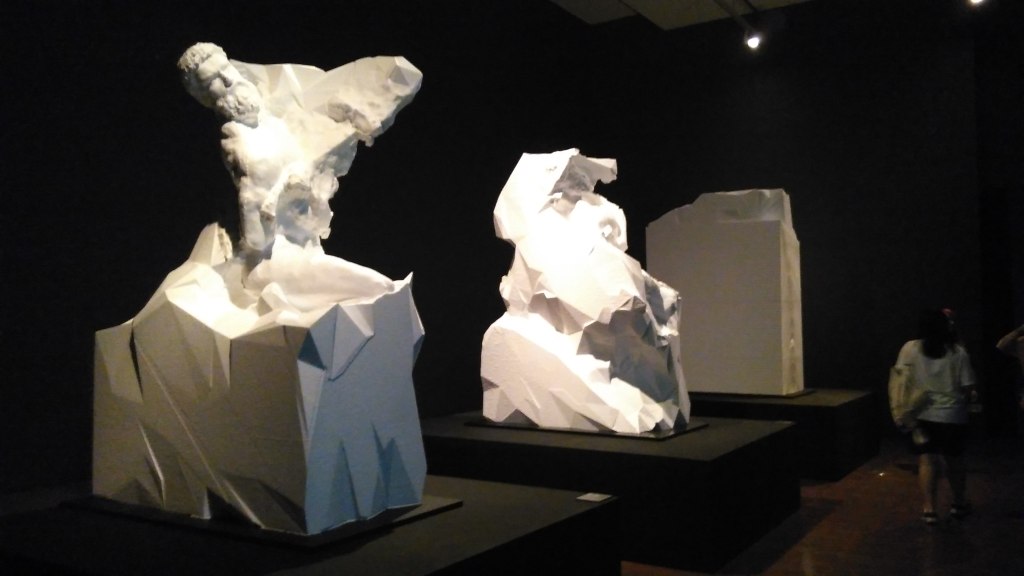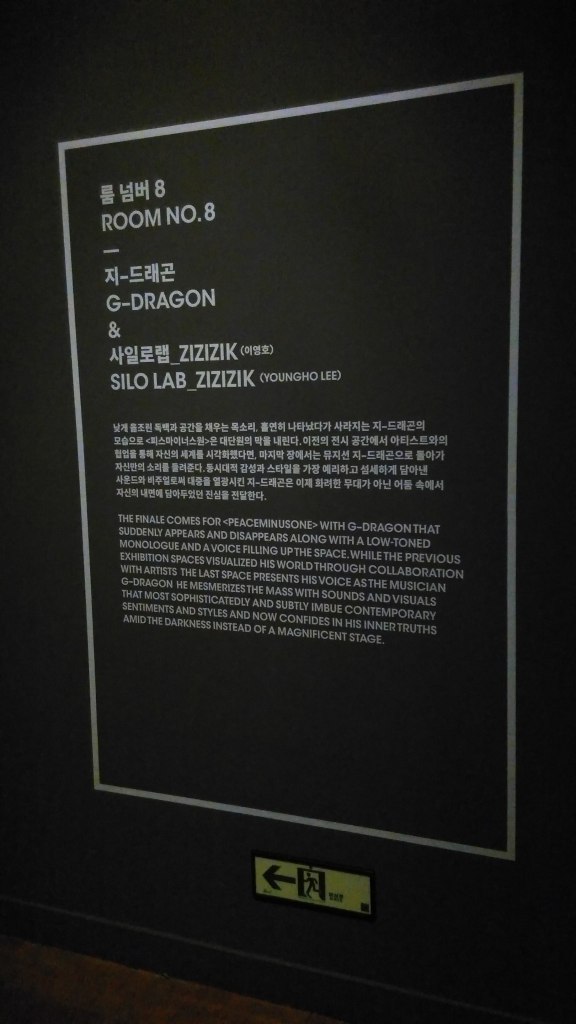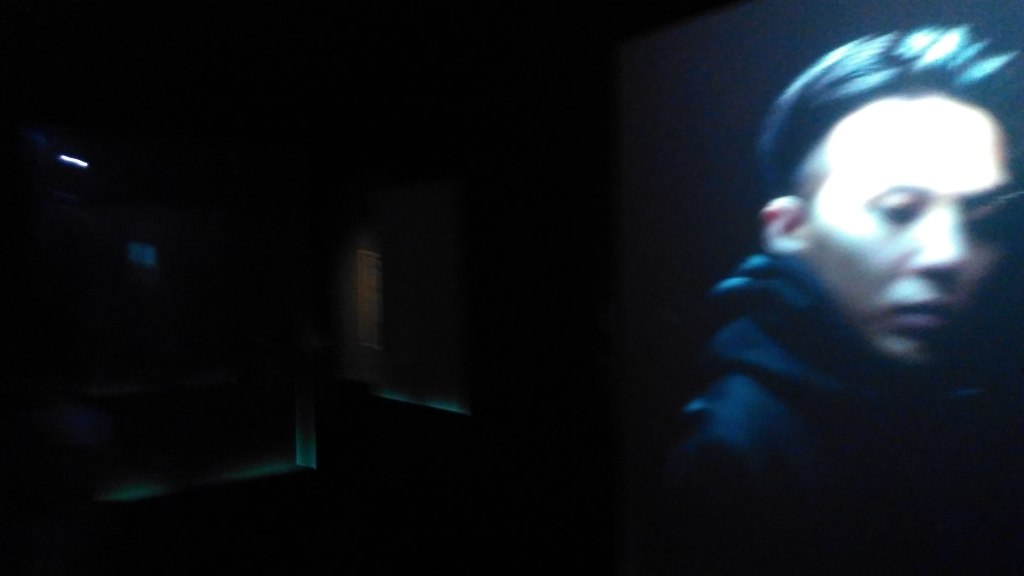Seoul, June 6 – August 23, 2015, http://sema.seoul.go.kr
PEACEMINUSONE was an exhibition branded by G Dragon, a South Korean K-Popstar. “Designed to enhance people’s interest in the contemporary art while inducing rich encounters of art and the pop culture through G Dragon’s collaboration with artists of home and abroad. It is another name for the world perceived of and imagined by G Dragon.”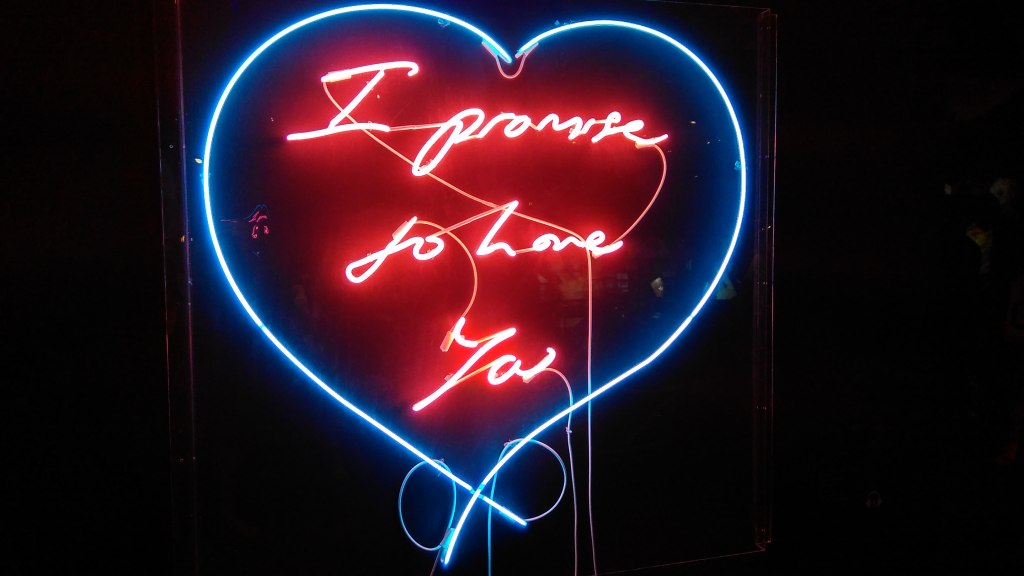
From the upfront, I approached this exhibition very skeptically. I understand G Dragon as a K-Pop product, more similar to a Coca Cola bottle or Walt Disney cartoon than to an individual artist. How can a brand ‘co-operate’ with artists at equal terms? At the same time I was very curious, because the show seemed to present a new concept. While art in shopping malls (“art malls”) is becoming quite common – either in the form of ‘public’ sculptures and new media installations or as artists ‘exhibitions’ in between luxury handbags – there has not been much of a move the other way around, where products would be invading museums. Now most people will object that there is a strong connection between the corporate world and museums already, but I think the PEACEMINUSONE cooperation is a bit different to them. Obviously there is a heavy behind the scenes involvement of corporations in (public) museums through sponsorship, directors in museum boards etc. There is also a heavy presence of references to commercial products and processes within the museum exhibits, at least since pop art. Appropriation it is called. However inviting G Dragon into an art museum is the first occasion I encountered (even though not first ever I guess), when a product (that’s how I see G Dragon) enters the museum not as an appropriated object, not as a representation of a sponsor, but as itself (himself): A product an artist/artwork on par with other (“usual”) artists-professionals whose careers depend on producing, exhibiting and selling art through museums/galleries.
I see this as a first step in a development where brands are moving out of their showrooms and into public museums. The current trend of “museum in a shop” (‘serious’ art exhibitions staged in commercial venues – e.g. Atelier Hermes, K11 Art Mall, Eslite Gallery, etc.), now reached a whole new level where brands and artists are presented as equal partners cooperating together on the production of ‘art’ within the ‘neutral’ space of a public institution. This is not a sponsor-artist relationship (company uses artist to promote itself), not a designer-artist relationship (cooperation of a fashion brand and artist – mutual promotion, corporate sales), and not a critical appropriation (artist appropriates brands to express his critical position and sells artwork through art market). The designer-artist model is the closest, but functional roles are reversed. The ‘output’ is not sold through the product distribution channels, but it is sold through the cultural distribution channels (museum sells tickets, art dealers sell artworks). Also the roles of artist and designer (company) are blurred into a mode of ‘cooperation’. If we extrapolate this development further from G Dragon to ‘real’ products, I predict soon we will see Gwon Osang and Pepsi exhibition (artists: Gwon Osang, Pepsi Cola) at a public museum near you. The ultimate merger of culture and capitalism into a truly inseparable whole.
So how did the G Dragon “cooperation” with Osang Kwon, Bang & Lee, Donghyun Sohn, Zin Kijong, Fabien Verschae, Michael Scoggin, James Clar, Davide Quayola, Sophie Clements, Universal Every, SoA, Fabrikr and Silo Lab go? Contrary to my expectations, the exhibition was quite well balanced and ‘arty’ enough for an art exhibition. It was actually enjoyable! As could be expected, it was a very senses-based exhibition with big canvases and immersive installations, but it kept the balance between spectacle and ‘serious’ art surprisingly well. Maybe this is the merit of this mode of cooperation, given the fact that the show is ultimately overseen (I believe) by experienced SeMA curators in their home turf.
There was one more ‘messy’ room, the (Non) Fiction Museum which represented G Dragon’s “world” (with a mixture of artworks, fashion items, etc.). This was very close to an art mall shopping experience, with hats, paintings, jewelry, photographs and mannequins indiscriminately juxtaposed. The rest of the show was a balanced selection of artists, some presenting existing work (e.g. James Clar or Sophie Clements), other producing new works “inspired” by G Dragon (mostly Korean artists). Some of the ‘inspired’ work crossed the line from art to kitsch, but these were individual excesses rather than standard.
Osang Gwon’s photo-sculpture of G Dragon as Saint Michael fighting the dragon was the most tasteless work of the show, however it was so tasteless that one could start considering the tastelessness itself as a possible artistic intention, making it an interesting work at another level of understanding. Given Osang Gwon’s repetitive mannerism, this kind of excess is probably one of the few ways he can take his creative endeavor further without slipping into a “Gwon Photosculpture Co. Ltd.” production mode.
I really like Kijong Zin’s previous work where he creates a sculptural mini-stage that is than transmitted live, simulating a TV news feed. The work presented in this show was spectacular but it was too much of the same compared to previous works, too reminiscent of a well-designed product, now mature enough for repetitive mass production. Generally this seems to be the favorite approach of successful Korean artists, mirroring both the model of Korean industrial production as well as later master Nam June Paik’s prolific construction of TV sculptures that are now scattered across every art museum and art collection in Korea.
Michael Scoggins enlarged notebook drawings or Donghyun Son’s hip hop ink paintings both managed to be ‘inspired by’ G Dragon, yet still remain approachable as completely independent artworks on their own. Both owe it to keeping a sufficient distance from G Dragon. In Scoggins’ case it was a natural geographical and cultural distance that allowed the artist to approach the theme from fresh. In Son’s case, it was a stylistic distance between classical ink painting and the flashy shinny sparkling fashion world.
James Clar’s works did not seem to be custom-made for the show, but it was my first time to see them and I was quite impressed. Sophie Clements’ video loops already impressed me previously, so I did not mind seeing them again. Generally speaking it was thanks to the inclusion of this kind of artworks that the show worked as a whole. They served as a glue between more or less successful cooperation works, and balanced out the few instances were G Dragon was over-present (like Room 8 with Silo Labs projection of G Dragon on frosted glass plates).
To conclude, the show was quite impressive. I guess it was partially a result of a lucky star constellation, where a team of G Dragon’s brand designers and SeMA’s curators were able to produce synergic effects while working together. It reminded me a bit of the SeMa Bukseoul exhibition “Accidental Encounter” (minus the star brand) which was likewise geared towards a general and mostly young audience, while managing not to alienate a more art-savvy audience. In that context, I can identify Peaceminusone as a part of a more general and successful strategy of SeMA to engage a broader local public. I would be curious to know how G Dragon fans perceived the show. From an art world and experience marketing perspective, the show was well curated/designed, and it presented a unique experience through addressing the senses. Referring back to the initial aim I am not able to judge to which extent the show managed to express anything about G Dragon or his world, but regarding the aim “to enhance people’s interest in the contemporary art”, I think the show succeeded by delivering a well-rounded experience.